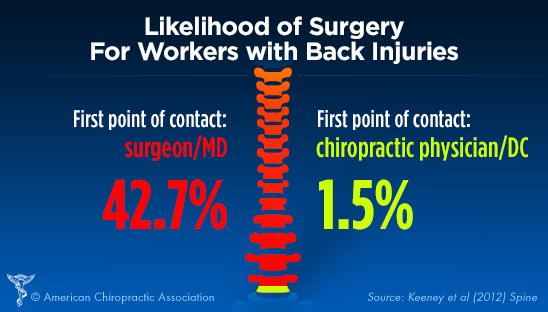Prepare Yourself To Reveal The Exciting Cellular Communications Related To Cold Laser Treatment And Its Application Of Light For The Objective Of Recovery. Explore The Midsts Of Science Also Better!
Prepare Yourself To Reveal The Exciting Cellular Communications Related To Cold Laser Treatment And Its Application Of Light For The Objective Of Recovery. Explore The Midsts Of Science Also Better!
Blog Article
Material By-Castro Peters
You may have become aware of cold laser treatment as an appealing therapy alternative for different conditions, but have you ever before questioned how it actually works on a mobile degree? Recognizing the systems behind this therapy can shed light on its effectiveness in promoting recovery and lowering swelling. By exploring laser hair removal ridgefield ct behind cold laser treatment, you'll get insights into the fascinating ways in which light can affect cellular processes and help with tissue repair service.
Just How Cold Laser Treatment Works
To comprehend how cold laser therapy functions, you need to comprehend the basic principles of how light power communicates with biological tissues. Cold laser treatment, also referred to as low-level laser treatment (LLLT), makes use of details wavelengths of light to pass through the skin and target underlying tissues. Unlike the extreme lasers utilized in procedures, cold lasers produce reduced degrees of light that do not create warm or create damages to the tissues.
When these gentle light waves reach the cells, they're absorbed by parts called chromophores, such as cytochrome c oxidase in mitochondria. This absorption triggers a collection of organic responses, consisting of enhanced cellular energy production and the release of nitric oxide, which improves blood flow and minimizes swelling.
Additionally, https://whoisachiropractor73961.loginblogin.com/36952699/finding-it-challenging-to-choose-between-typical-discomfort-relief-alternatives-and-cold-laser-therapy-reveal-the-potential-of-this-ingenious-therapy-to-redefine-your-pain-management-experience can also stimulate the production of adenosine triphosphate (ATP), the energy money of cells, aiding in cellular repair and regrowth procedures.
Essentially, cold laser therapy uses the power of light energy to promote healing and reduce discomfort in a non-invasive and gentle way.
Devices of Activity
Just how does cold laser treatment actually function to create its healing effects on organic cells?
Cold laser therapy, also known as low-level laser therapy (LLLT), runs with a procedure referred to as photobiomodulation. When the cold laser is applied to the skin, the light power permeates the tissues and is taken in by chromophores within the cells.
These chromophores, such as cytochrome c oxidase in the mitochondria, are then boosted by the light energy, resulting in a waterfall of biological responses. One crucial mechanism of activity is the enhancement of cellular metabolic rate.
The absorbed light power enhances ATP production in the mitochondria, which is important for mobile feature and repair service. Furthermore, cold laser therapy helps to lower inflammation by hindering inflammatory conciliators and promoting the release of anti-inflammatory cytokines.
This anti-inflammatory impact adds to pain alleviation and tissue recovery.
Restorative Results
Recognizing the healing impacts of cold laser therapy includes identifying just how the enhanced mobile metabolic rate and anti-inflammatory properties add to its favorable end results on organic cells.
When the cold laser is related to the afflicted area, it boosts the mitochondria within the cells, bring about increased manufacturing of adenosine triphosphate (ATP), which is important for cellular function and repair. This boost in cellular energy increases the recovery procedure by promoting tissue regeneration and reducing inflammation.
Furthermore, the anti-inflammatory properties of cold laser treatment help to lower discomfort and swelling in the targeted location. By preventing inflammatory arbitrators and advertising the release of anti-inflammatory cytokines, cold laser treatment aids in alleviating discomfort and improving the overall recovery action.
This reduction in swelling not only offers immediate relief yet likewise supports lasting cells repair work.
Conclusion
In conclusion, cold laser treatment functions by stimulating mobile repair service and cells regeneration through photobiomodulation. Its anti-inflammatory properties supply pain relief and lower swelling by hindering inflammatory mediators.
This treatment provides a thorough method to healing, providing both instant relief and long-term tissue repair work advantages.
Via its devices of activity, cold laser treatment shows to be an efficient and encouraging treatment alternative for a selection of problems.
